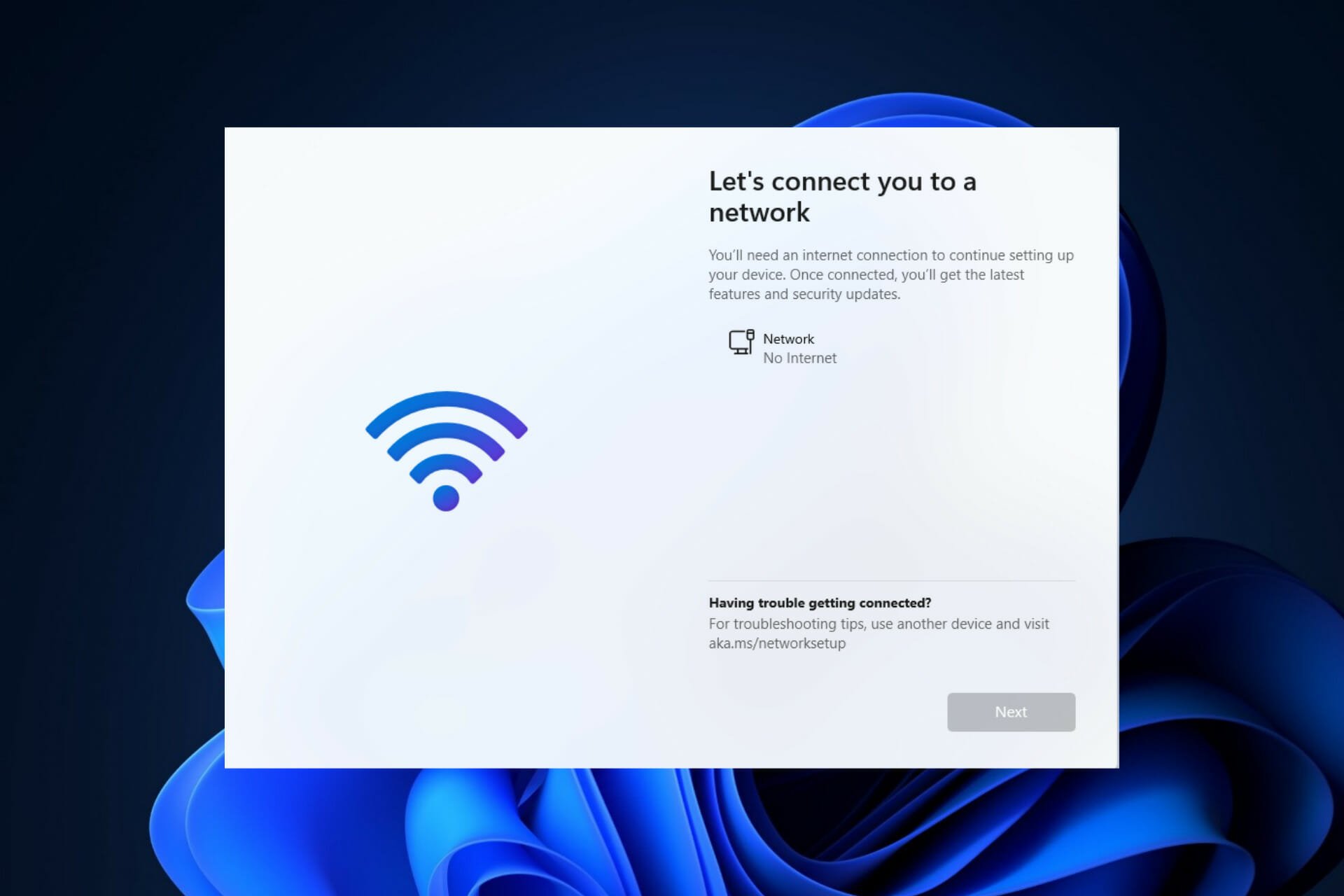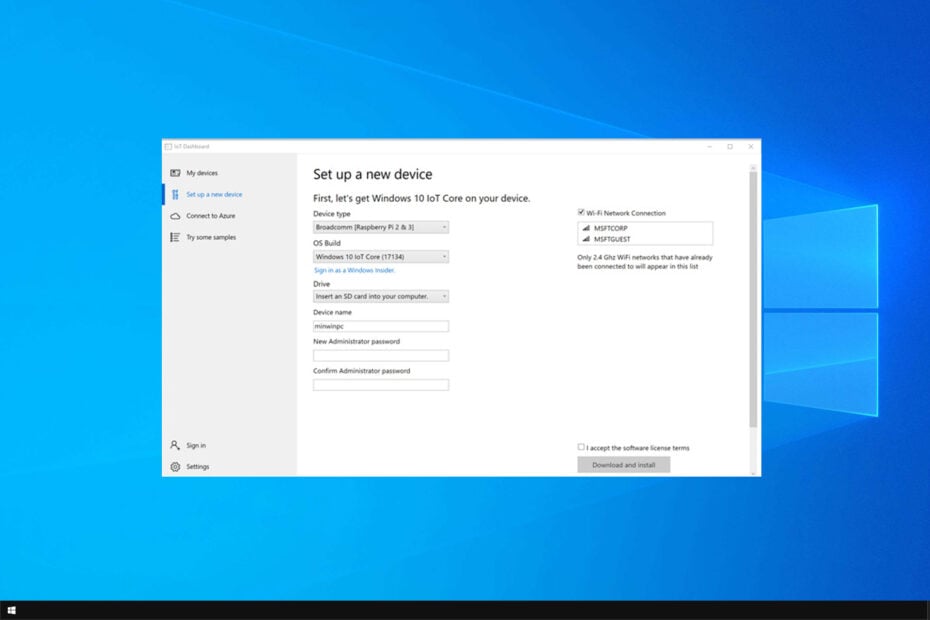How To Remotely Access IoT Devices On Windows 10 For Free?
Are you ready to unlock the full potential of your Internet of Things (IoT) devices from anywhere in the world? With the right tools and a few simple steps, you can remotely monitor, control, and manage your IoT infrastructure with ease. The ability to access and interact with your devices, regardless of your physical location, is no longer a futuristic concept it's a practical reality within reach.
The digital landscape is evolving at an unprecedented pace, and the Internet of Things (IoT) is at the forefront of this transformation. From smart homes and smart factories to advanced medical equipment and cutting-edge automotive technology, IoT devices are revolutionizing how we interact with the world around us. However, the true power of these devices lies in our ability to remotely access and manage them, regardless of physical constraints. This requires understanding the various methods available and implementing the necessary steps to ensure secure and efficient remote access.
The journey to effective remote IoT management starts with understanding the different approaches available. There are several ways to achieve remote access, each with its own set of advantages and considerations. Windows, a long-standing pillar in powering intelligent devices, offers a suite of solutions, including Remote Desktop Protocol (RDP) and other third-party applications. Additionally, cloud platforms such as Amazon Web Services (AWS) provide comprehensive tools for IoT device monitoring and management.
- Need Help With Ebay How To Contact Customer Service
- Quote Faye Dunaways Onset Behavior According To Ernie F
Consider the impact. Imagine a factory floor where automated machinery needs constant oversight. Remote access allows engineers to monitor performance, troubleshoot issues, and even deploy updates without physically being present. Or consider a medical facility where vital equipment needs to be remotely checked for smooth functionality. The possibilities extend to smart homes, allowing homeowners to control lighting, security systems, and appliances from anywhere with an internet connection. The ability to remotely access these devices is not merely a convenience; it's a necessity in today's interconnected world.
One of the primary options for remote access is utilizing the built-in features of the Windows operating system. Windows 10, for example, has built-in capabilities for remote access through Remote Desktop Protocol (RDP). While simple to use, you must configure your system and network settings correctly. The Windows firewall, by default, blocks incoming remote connections, and it needs to be configured to allow the protocol through. This means that you must enable remote desktop connection within the system settings and open the appropriate port (usually port 3389) on your router. Additionally, for enhanced security, you should consider using a strong password and enabling network-level authentication.
Another powerful method is to employ cloud-based solutions. Amazon Web Services (AWS), as a prominent player in cloud computing, offers a range of services designed for IoT device monitoring and management. AWS IoT Device Management provides a centralized platform for securely connecting, managing, and organizing your IoT devices. Moreover, AWS provides services for data storage, analysis, and event processing, offering a complete solution for your IoT requirements.
- Dive Into Custom Udon Aki H Your Perfect Noodle Experience
- Nick Cannons Brothers Meet The Family Their Careers
For the more technically inclined, or for those wanting added flexibility, consider setting up a reverse SSH tunnel. This method is particularly useful for devices running Linux distributions like Raspberry Pi, especially if they are behind a router. A reverse SSH tunnel allows you to access your device even if its behind a firewall. This approach involves configuring your device to initiate a connection to a server, opening a secure tunnel through which you can then access your device remotely. This configuration helps to bypass typical firewall restrictions and allows you to securely access the device.
In addition to these methods, various third-party applications offer user-friendly solutions for remote IoT device access. Chrome Remote Desktop, for example, is compatible with Windows 10 and 11, and it can be installed on multiple platforms with Chrome Browser. This application allows users to remotely access and control their Windows computers, making it a viable choice for IoT device access.
TeamViewer IoT is another noteworthy option, particularly if you're looking to monitor a small number of IoT devices. Free for monitoring two devices, TeamViewer IoT provides a good entry point into the world of remote access and offers an intuitive interface for managing and monitoring your devices.
When choosing a remote access solution, there are a few factors to bear in mind. The ease of use, the level of security, and the cost are important. For those with limited technical experience, a user-friendly application like Chrome Remote Desktop or TeamViewer IoT might be the ideal choice. If security is paramount, or you are managing a large number of devices, cloud-based solutions like AWS provide robust security features. In any case, choosing a method that fits your technical skill level and the specific needs of your IoT setup will ensure a successful remote access experience.
Now, let's delve into the specific steps involved in setting up remote access. While these steps may vary based on the device and manufacturer, some fundamental principles remain constant. The following general steps will provide a clear guide to your remote access journey:
Enable Remote Desktop (for Windows): If you're using Windows, start by enabling remote desktop functionality in your system settings. This is typically done in the System settings under "Remote Desktop". Make sure remote connections are allowed and that the proper permissions are configured.
Configure Your Firewall: Windows Firewall, as mentioned, blocks incoming connections by default. You must configure your firewall to allow remote desktop connections, typically on port 3389.
Set Up Port Forwarding (for Router Access): If you want to access your device from outside your local network, youll need to configure port forwarding on your router. This involves forwarding traffic on port 3389 (or the port you've chosen) to the internal IP address of the device you wish to access.
Obtain Your Public IP Address: You will need your public IP address to connect to your device remotely from outside your local network. You can easily find this by searching "What is my IP" in any search engine.
Choose and Configure Your Remote Access Application: Depending on your chosen method (Remote Desktop, Chrome Remote Desktop, TeamViewer, etc.), download, install, and configure the application on both the device you want to access and the device you'll be using to access it.
Create a Secure Connection: Always ensure you use a strong password for your remote access connections. Consider using multi-factor authentication (MFA) where available. Regularly update your security protocols and applications.
Test Your Connection: After completing these steps, test the connection from another network to ensure that everything works as expected.
In today's world of IoT applications, keeping your network safe from unauthorized access is essential. This is why you must secure your remote access configuration. Strong passwords are the first line of defense. Choosing strong, unique passwords and changing them regularly is a must. Consider using two-factor authentication (2FA) or multi-factor authentication (MFA) for added security. MFA requires more than just a password, typically involving a code generated by an authenticator app or sent to your mobile device. This greatly reduces the risk of unauthorized access. Keep your software up to date to patch any vulnerabilities. Regularly update both the operating system on your devices and the remote access applications themselves. Firewall rules are a great way to secure your configuration; customize your firewall rules to allow only necessary traffic. You can restrict the ports that are open, and only allow connections from known IP addresses. If possible, use a VPN (Virtual Private Network). A VPN encrypts your internet traffic and hides your IP address, adding an extra layer of security when accessing your devices remotely.
A crucial question for many users is the cost of remote IoT management. Luckily, the market presents a range of options, from free to paid solutions. Some applications, like TeamViewer IoT, offer free versions that are suitable for monitoring a limited number of devices. Other options may provide free trials or freemium models, meaning that the basic features are free, but additional features require a paid subscription. Cloud-based services, like AWS, may have different pricing tiers based on the number of devices, the data storage volume, and the features you use. When considering cost, also think about the value you get. Consider the time saved, the efficiency gained, and the potential to reduce downtime. Often, the benefits of remote access far outweigh the cost.
For Windows users exploring remote access options, the availability of free solutions is a common question. Chrome Remote Desktop is an example of a free tool that is easy to set up and works well with Windows. Additionally, the built-in Remote Desktop Protocol in Windows can be used without any additional cost. However, the scope and sophistication of the features, as well as the level of security offered, may vary compared to paid solutions.
As the landscape of IoT evolves, the ability to remotely access and manage your devices is becoming increasingly critical. Whether you're an engineer in a factory, a homeowner managing smart appliances, or a medical professional keeping equipment running smoothly, remote access provides unparalleled control and flexibility. By understanding the different methods available, taking the necessary steps for configuration, and focusing on security, you can unlock the full potential of your IoT devices.
The benefits extend far beyond basic control and monitoring. Imagine the possibilities. In a smart factory, remote access facilitates predictive maintenance by allowing engineers to analyze data and identify potential problems before they become major issues, minimizing downtime. In the healthcare field, remote access enables medical professionals to access and monitor patient data, perform remote diagnostics, and maintain medical equipment, thus increasing the efficiency of healthcare operations. Furthermore, in smart homes, remote control provides unparalleled convenience and enhances energy efficiency.
The evolution of remote access is not just about convenience; it's about efficiency, security, and optimization. As the world becomes more connected, the ability to manage devices remotely becomes essential for the success of the Internet of Things. By embracing the available tools and techniques, you can confidently step into the future of IoT management. Begin today and unlock the power of remote access for your IoT devices!
- Candace Owens Education Career What You Need To Know
- Why Is Shaq So Tall Unveiling The Giants Height Secrets

How To Use RemoteIoT Over Internet Windows 10 Free A Comprehensive Guide

IoT Remote Access, Control and Management Over the Internet

Windows 10 IoT What is it & How to Use it